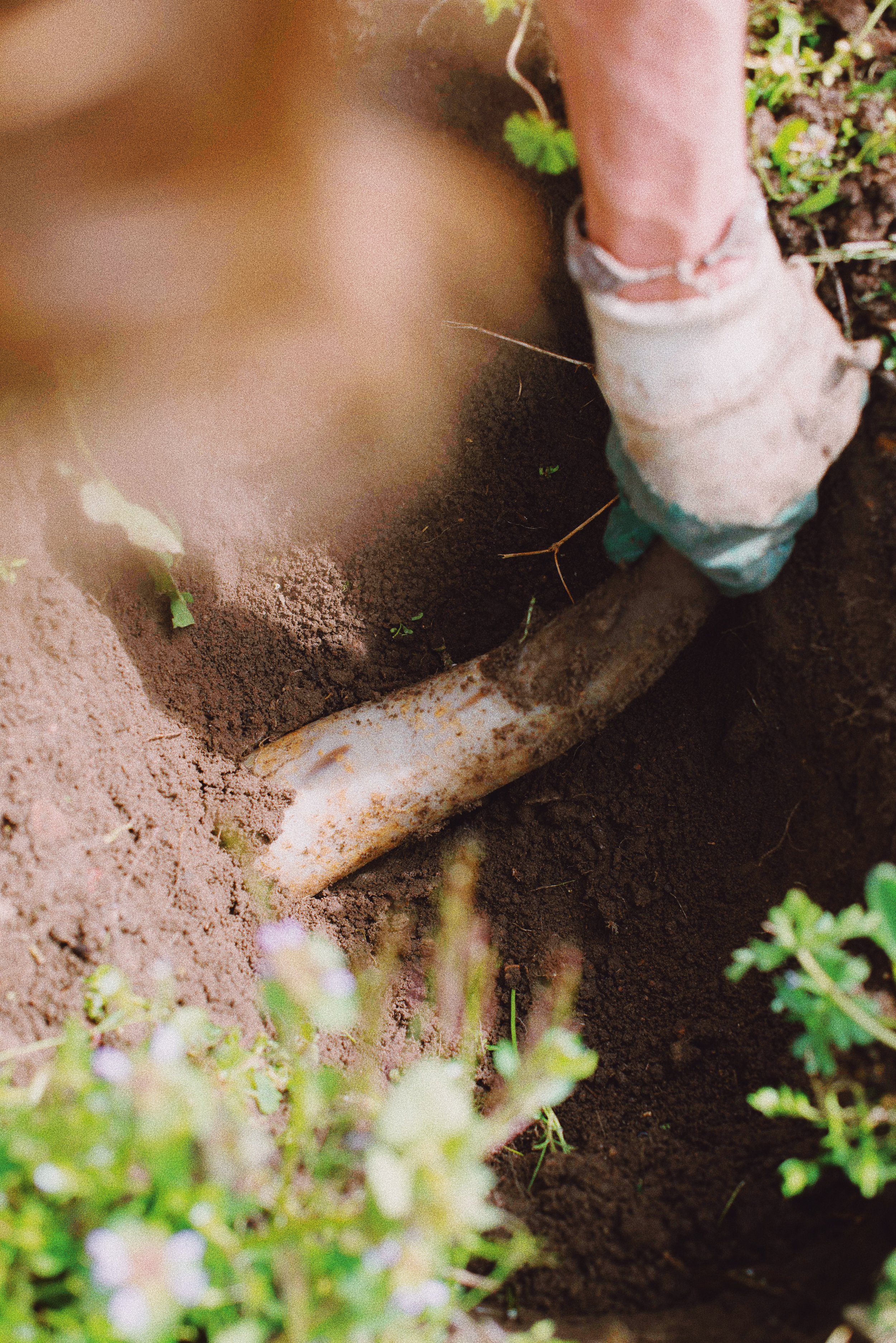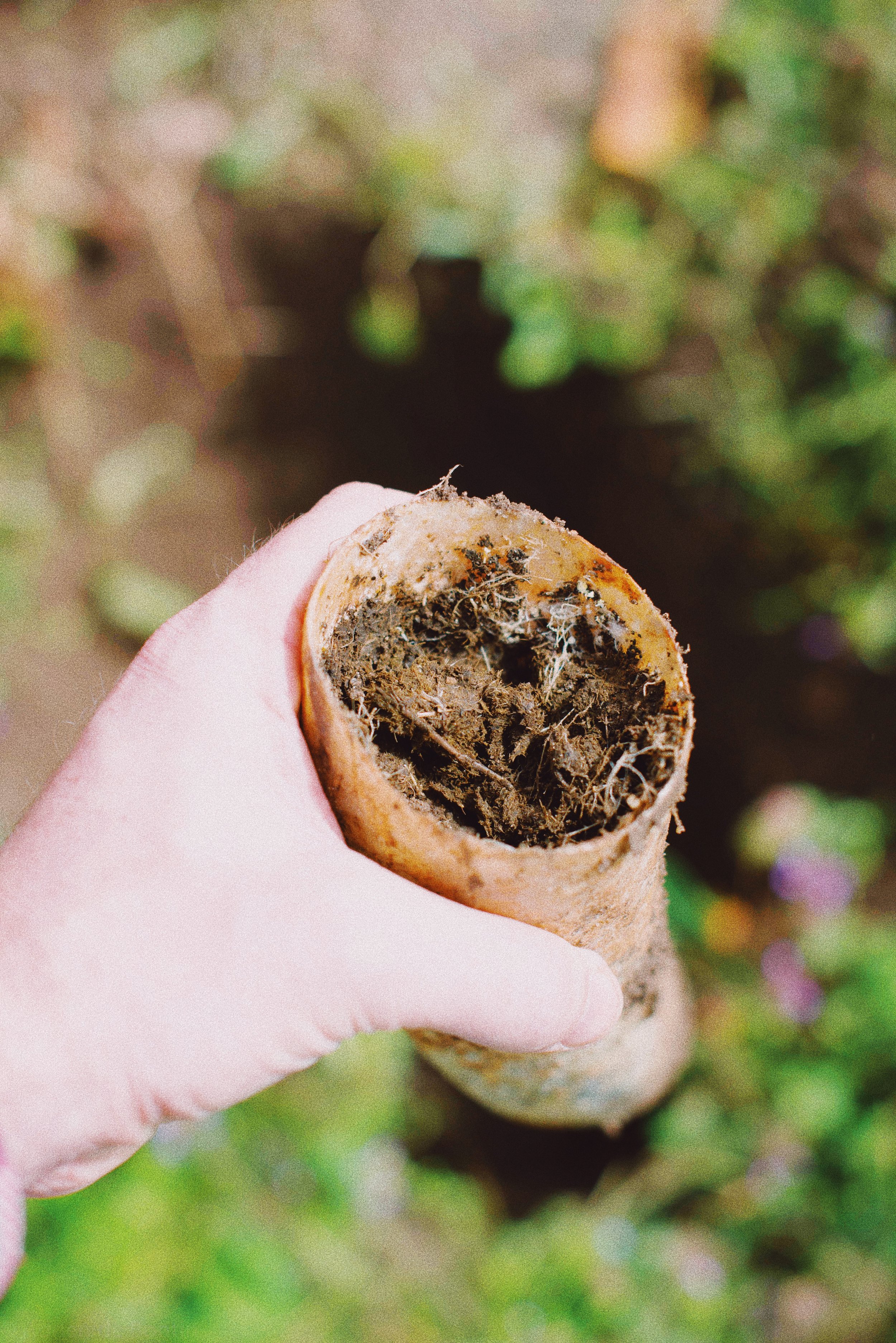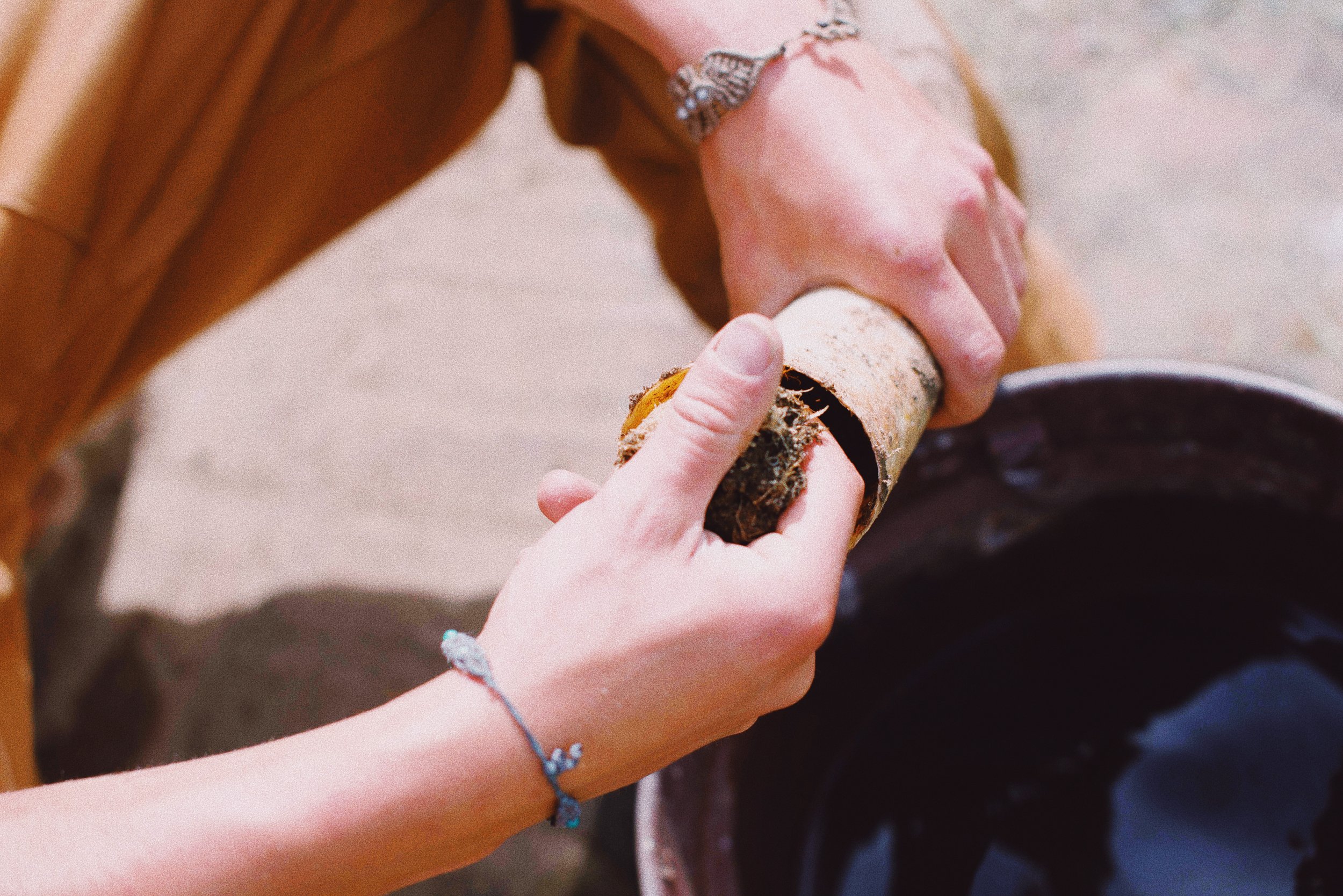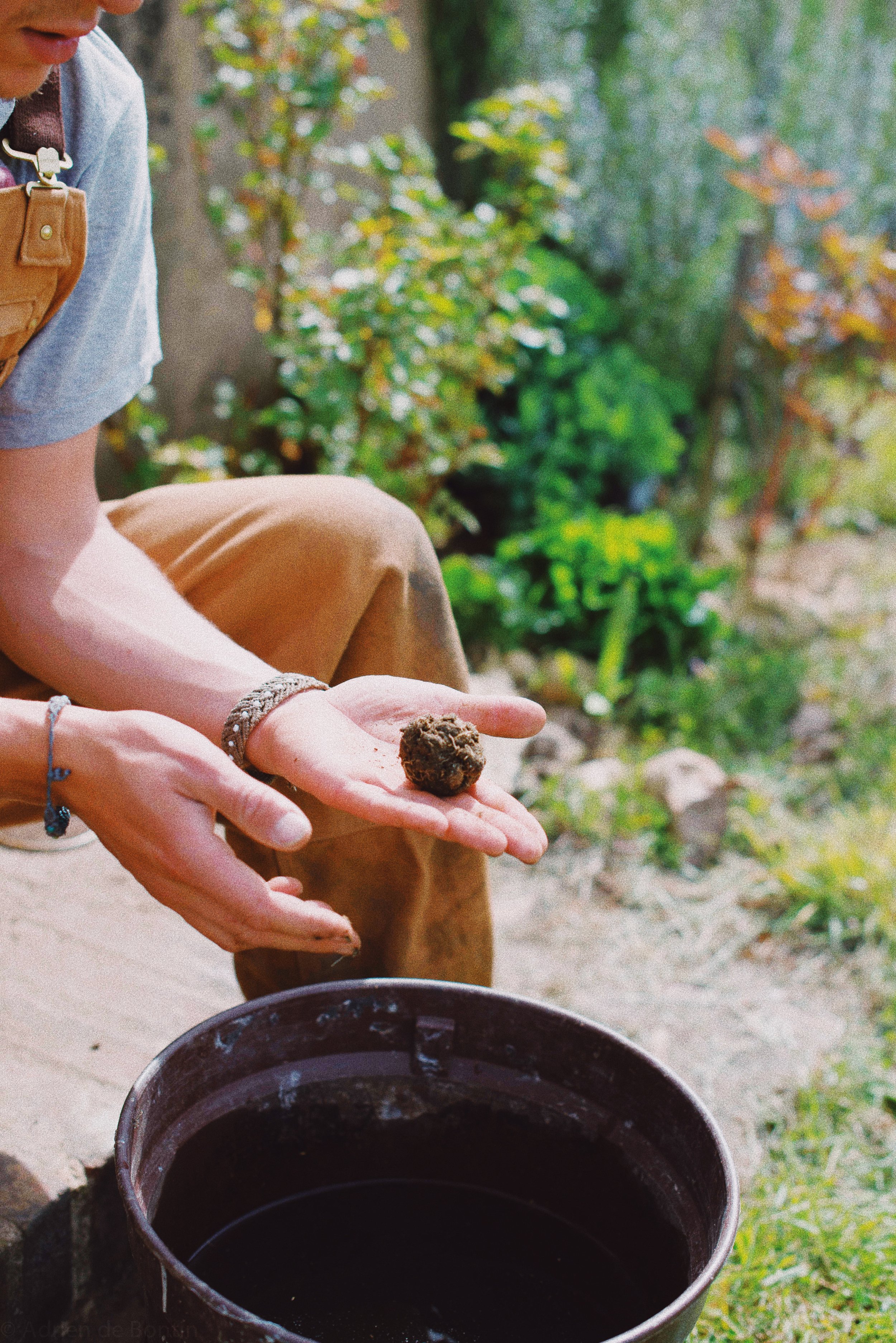The Biodynamic Breakdown
WHY WE ARE BIODYNAMIC
When most people see the word Biodynamic on a label, at first glance, it probably seems like just another marketing buzzword that companies use to make themselves seem “healthy” or “sustainable.” Greenwashing, in a way, if you will. The word itself does not automatically invoke much clarity, ironically because it predates “organic” and even the rise of petrochemical companies into the agricultural landscape. In fact, Biodynamic agriculture is probably the more accurate embodiment of what people think of when they see or hear “organic.”
Biodynamic farming (a validated method of “regenerative farming”) is an agricultural philosophy that was established in the 1920’s in Germany by a sustainable agriculturalist named Rudolf Steiner. Later, the name Demeter was given to the cooperative that positioned these principles into set standards in order for farmers to market their goods (much like people do today with the USDA Organic symbol you often see on products)
Why Biodynamic is Better
Where organic farming primarily focuses on the individual crops, Biodynamic farming focuses on the farm as a singular entity, and is obsessed with soil quality. If your soil humus is depleted of nutrients, of life, then your crops will also be depleted of them. So you can have organic plants and foods that, while certified organic, can be low in nutritional value. And having good soil, from Demeter’s perspective, is the result of the entire farm being managed as a singular entity:
“The basic concept of Biodynamic agriculture is that the farm should be viewed as a self-sufficient, integrated whole. A living organism. Indeed, even the word "organic" comes from this biodynamic ideal. To create a farm as a closed system, solutions for that farm's vitality – fertility, soil health, disease and pest control – must arise from the farm itself and not be imported from the outside. This self-reliance provides living proof of the concept of regeneration.”
The basic idea is that everything the farm does, from irrigation to fertilizers to machinery to harvesting (and everything else), must be done in a way where the farm enhances its environment to sustain itself indefinitely. It is the biodiversity of the farm, organized in such a way so that the waste of one part of the farm becomes the energy for another, where this then results in an increase in the farm’s capacity for self-renewal and ultimately makes the farm sustainable for the long-term.
The more vital, potent, and full-of-life the part of a plant is, the better we can transfer those benefits, that vitality, into our products. This stems (😉) from the idea mentioned above, where exquisite and ideal soil composition best complements the particular raw material (ie plant) in question. With supreme attention given to soil for each particular plant, the plants are able to be the most vital and abundant forms of themselves.
For those who question the validity of Biodynamic farming from a scientific standpoint, a number of studies have already been done comparing Biodynamic, organic, and conventional farming practices. Once you dive a bit deeper into the study of Biodynamic farming, you’ll find that these comparative studies show that Biodynamic soil typically has higher levels of nitrate (nitrogen is a key component of plant growth/life), warmer temperatures in the compost pile itself (more microorganisms = more heat), and lower levels of carbon dioxide production[1]. When comparing antioxidant compound levels (particularly relevant to skincare), it was found that Biodynamic fruit had the highest levels as compared to organic and conventional farming methods[2] which was reiterated in another study that found that the polyphenol content of Biodynamic lettuce had the highest levels when compared to the other two forms of agriculture[3].
Most recently there was as study done on regenerative practices[4] that demonstrated that using regenerative methods of agriculture (basic tenets of Biodynamic) increase soil fertility in a number of areas, including fatty acid levels, vitamins, minerals, and phytochemicals (ie “vitality” and “potency”).
Why Maison/Made is Biodynamic
When we began exploring the idea of what would ultimately become Maison/Made back in 2016, we knew we wanted to create a company that was noble. Noble in its sourcing, noble in its manufacturing, and noble in its mission. With Adrien being raised with Biodynamic quality nutrition and supplementation, and readily and enthusiastically adopted by Carolina, it was an obvious choice to advocate and promote the Biodynamic farming philosophies through a commodity (skincare) that could not only educate our customers, but also greatly benefit their skin through exquisite quality skincare.
We are a Biodynamic® skincare company. We infuse the Biodynamic values in every aspect of our business because we believe that its “old” methods are the way forward for the future. Yes, it can provide a livelihood for the farmers who practice its methods. And yes, it can sustain the current food production output and nourish the billions of people on this planet. Indeed, we must adopt Biodynamic’s practices because if we continue as we do today, we will pillage and plunder our soils until they are beyond repair. Continuing to spray man-made fertilizers, pesticides, and herbicides will require more and more fossil fuels, aggravating climate change, and ultimately continue to make this planet more inhospitable for food production.
Through a widespread adoption of the “farming minimalism” and intelligent natural resource allocation that Biodynamics professes, we can both mitigate climate change and look good doing it.
M. Turinek, S. Grobelnik-Mlakar, M. Bavec and F. Bavec. Biodynamic agriculture research progress and priorities (2009)
Maciel, Leonardo Fonseca; Oliveira, Cassiane da Silva; Bispo, Eliete da Silva; Miranda, Maria da P. Spínola. Antioxidant activity, total phenolic compounds and flavonoids of mangoes coming from biodynamic, organic and conventional cultivations in three maturation stages (2011)
Daniela Heimler Pamela Vignolini Paola Arfaioli Laura Isolani Annalisa Romani. Conventional, organic and biodynamic farming: differences in polyphenol content and antioxidant activity of Batavia lettuce (2011)
Montgomery, Bikle, Archuleta, Brown, and Jordan. Soil health and nutrient density: preliminary comparison of regenerative and conventional farming (2022) - https://peerj.com/articles/12848/







